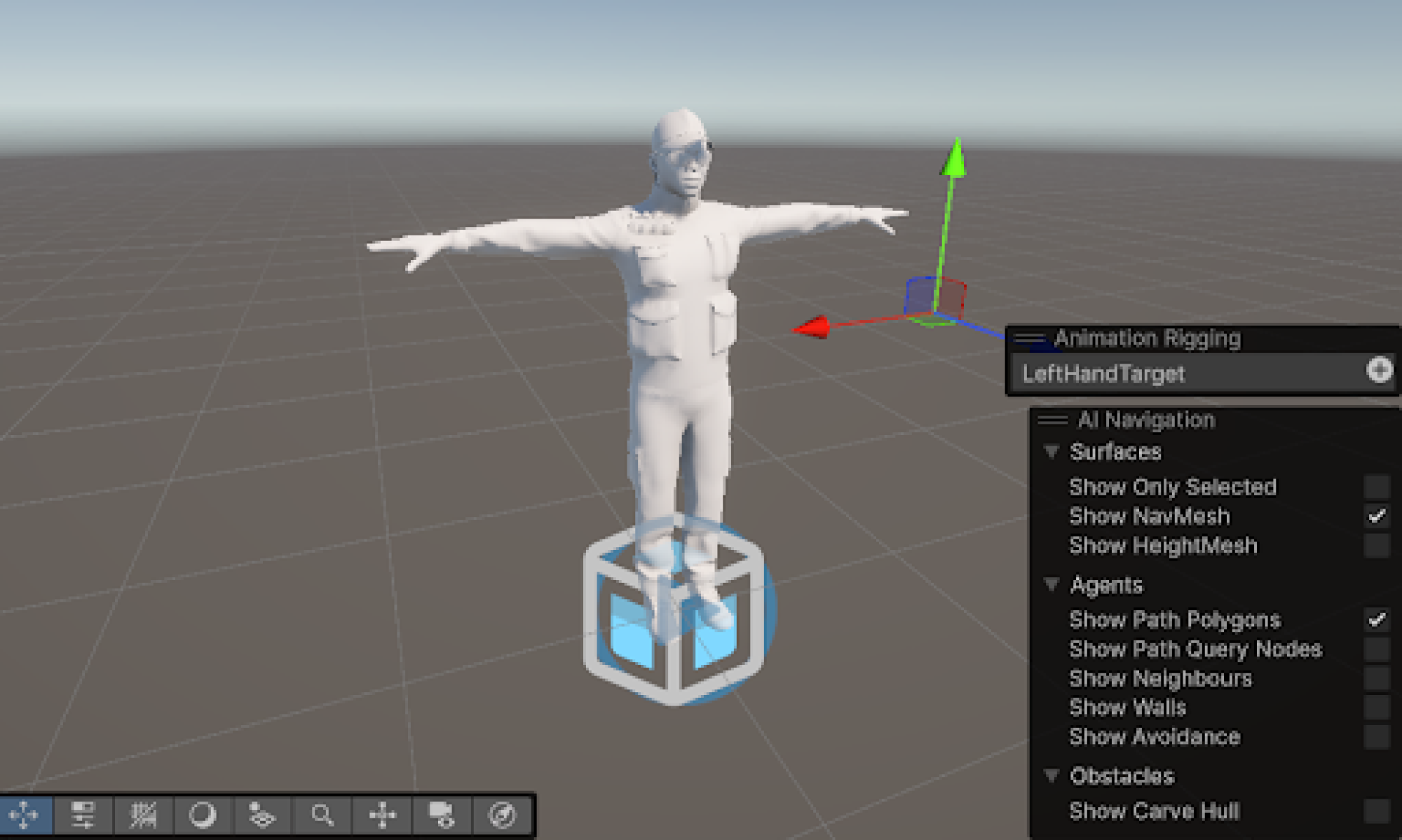Over the past week, I focused on developing the dance comparison engine. For looking into the DTW algorithm, Danny and I looked into how people have already used DTW to compare human movements, including different variations of the algorithm. For example, some research papers have proposed using extensions of DTW such as generalized time warping, forward plotting DTW, or canonical time warping. Danny found a couple more variations, but one problem we found was not exactly about the algorithm itself but instead the complexity of the algorithms to be run in python code over an entire video. With that, we plan to test multiple of these variations in Python, allowing us to see which ones may be best for our comparison engine while still maintaining efficiency and minimizing latency.
Another problem I wanted to look at with the comparison engine was how we plan to normalize the points between the reference video and the user inputs. Although we are getting the MediaPipe points in a similar manner for both the reference video and the user inputs, the coordinates of the points will be different, so our challenge lies in normalizing these for accurate comparisons. One thing that we plan to do is use the angles between the joints as part of our comparison, so I developed a python algorithm that can properly measure the angles between two joints based on the dot product and geometry of certain points. I attached some pictures of how it works using my right elbow, but this can be applied to any joint on the body that we would want to measure the angle of.
Our progress is on schedule. In the next week, I hope to do a few things. First, continue working on the comparison engine and try to get a MVP of the engine so we can iterate and improve on it. Second, I am going to talk to people who know more about dance or who are dancers themselves and get a better understanding of what we could add to the project to make it as useful as possible for the users.



